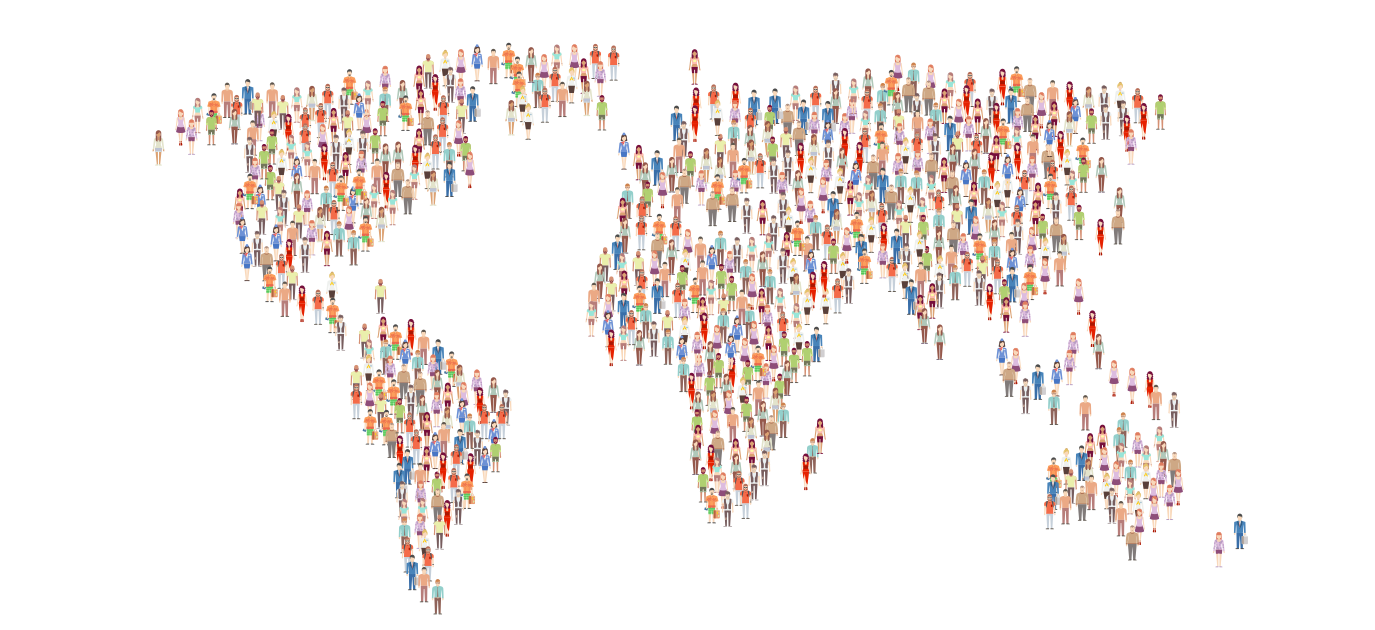A country with a rate of high population growth – China
Many countries have introduced policies to promote or reduce population growth. This usually involves encouraging people to have more or fewer children.
China’s One-Child Policy is one of the most famous examples of a policy to reduce rapid population growth.
Why was China’s One-Child Policy introduced?
- China’s population grew rapidly during the 1950s and 1960s.
- There were not enough resources to support the rapid growth in population.
- In 1979 the Chinese government introduces the One-Child Policy, designed to limit population growth.
How did China’s One-Child Policy aim to reduce the rate of population growth?
- Couples were encouraged to have only one child in return for financial and welfare benefits.
- Men could not get married until they were 22 and women 20.
- Couples had to apply to get married and have a baby.
- Couples received a 10% salary/wage bonus for only having one child, along with free education, family benefits and priority access to housing.
- Couples who did not conform lost benefits and received fines.
- Women who became pregnant for the second time were forced to have abortions. Some had forced sterilisation.
- Work-place bosses could grant permission for workers to have a child.
- The government promoted the benefits of having a small family
The policy prevented hundreds of millions of babies being born, so China’s population is smaller than it would have been.
What were the social impacts of China’s One-Child Policy?
- There are few retirement homes in China, therefore most Chinese children will have to care for four grandparents as well as their own parents.
- There are not enough people to look after the elderly, so retirement homes will need to be built.
- Men outnumber women in China as Chinese culture favours boys. This is the result of baby girls being abandoned or aborted throughout the policy. It will be difficult for men to find a partner.
What were the economic impacts of China’s One-Child Policy?
- The increasingly ageing population will need financial support in the future, including medical care and a pension.
- From 2025 it is estimated that there will be more elderly people in China than children. This will result in elderly people having to work longer.
- Economic expansion and growth could be limited in the future due to the declining size of the workforce.
- There will be a reduction in the tax-paying working population so the government will need to increase taxes to provide services for the population.
What were the positive impacts of China’s One-Child Policy?
The map below shows changes in China’s population growth over time. Notice how natural increase falls with the introduction of the One Child Policy
The graph below illustrates the impact of the One Child Policy on fertility rates, expressed as babies per woman.
- The fertility rate in China has dropped, reducing future strain on resources.
- The average number of children per woman in China dropped from 6 to 2.5 between 1950 and 2005.
- An estimated 300-400 million births were avoided.
- Over-population, particularly in south-east China, has been reduced, relieving pressure on services and housing.
The future of China’s One-Child Policy
Since 2013 the policy has been gradually reduced as concerns have risen that China’s low fertility rates will lead to a demographic crisis and future labour shortage.
Initially, the policy changed to allow couples to have another child if their firstborn was a girl. In 2016 the policy was further relaxed to allow couples to have two children regardless of the gender of the first-born.
Related Topics
Use the images below to explore related GeoTopics.



